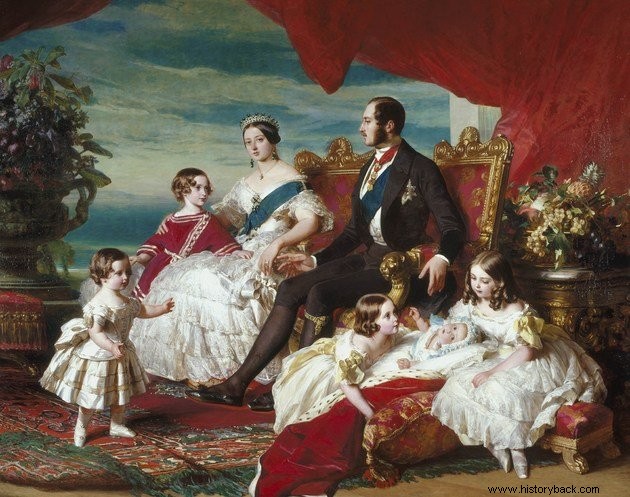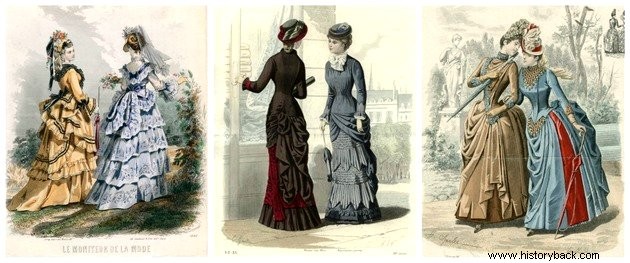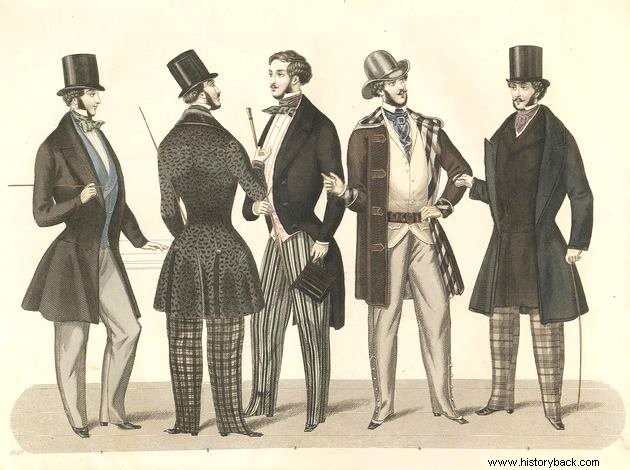TheVictorian Era , which took place between 1837 and 1901, marks the reign of Queen Victoria in the United Kingdom and a period of great economic, political and cultural transformations.
Also known as the Victorian period, this era is characterized by the consolidation of English supremacy in the seas, the conquest of colonies in Africa and Asia, the increase of industries and the stimulation of the arts.
Victorian Era Features
During the Victorian Era, the United Kingdom expanded its colonies to Africa and India, as well as the Middle East and regions of Asia. England became the most powerful nation in the world and called itself the British Empire.
Who was at the head of the kingdom was Queen Victoria (1819-1901) and her husband, Prince Albert (1819-1861). Both consecrated the model of exemplary parents, devout Christians and impartial rulers in political matters.

We can summarize this period in some characteristics:
- Expansion of British imperialism in Asia and Africa;
- Perception of social inequalities;
- Creation of aestheticism, of art for art's sake;
- Revolution in public transport with the construction of the first trains and subways.
- Invention of photography, the postage stamp, electricity, telegraph, telephone, etc.
- Emergence of the stereotype of the courteous Englishman, Christian, engaged in some philanthropic society and emotionally controlled. This idealization was the counterpoint to compare himself to the colonized.
However, critics note that the Victorian Era represented the consecration of conservative and hypocritical thinking. While the bourgeoisie paraded the latest fashion through the streets of London, thousands of workers died of tuberculosis in unsanitary houses.
See also:Queen VictoriaLiterature
The main names in Victorian literature are Oscar Wilde, George Eliot, Charles Dickens and the sisters Charlotte, Emily and Anne Brontë.
The literature of the period can be divided between the novels where the tastes and habits of the bourgeoisie that was enriched and authors who dedicated themselves to science fiction were narrated.
One of the writers who captured the contradictions of the Victorian Era was the novelist Charles Dickens (1812-1870), whose introduction to his book “A Tale Between Two Cities” summarizes these years:
Dickens would show the harsh daily life of working class children in his work "Oliver Twist" .
Authors who dedicated themselves to writing horror and suspense stories such as Mary Shelley (1797-1850) who explored the limits of science in her work "Frankenstein" stand out. .
Also from this period is the famous detective Sherlock Holmes and his assistant Watson, by Arthur Conan Doyle (1859-1930), who roamed the dark streets of London to unravel crimes.
See also:Romanticism:Characteristics and Historical ContextFashion
The new code of moral conduct for women and men was reflected in fashion. Because it was a time where modesty and discretion were above all, wigs and heavy makeup are left out.
Let's see how women and men dressed in the Victorian Era:
Women

The dresses covered the entire body of the woman and it was in very bad taste to let the ankle or chest show.
The corset and corsets are key pieces of Victorian fashion, but they ended up restricting women's movements. The full dresses, with up to 20 layers of fabric, weighed up to 15 kilos.
Only at balls or at night social gatherings such as the opera or theater, women could show their arms, shoulders, the back of the neck and also the lap, through a discreet cleavage.
Accessories such as fans, veils, hats, gloves, parasols and shawls fostered the women's fashion industry and were essential to compose the look that demanded the time.
Men

Victorian style dictated that men should seek comfort with elegance and the point of reference was to dress like Prince Albert, husband of Queen Victoria. Straight pants that facilitated movement and discreet pieces, in dark colors, vest and jacket.
The hat was mandatory and uncovering the head on the right occasions, as in front of a lady or an authority, was part of the etiquette. As a symbol of wealth, the pocket watch was essential.
To counteract the style of the 18th century, beards, mustaches and sideburns were well seen and were part of the men's toilette. Likewise, walking sticks were popular, even among the youngest, who used them to gain more respectability.
Architecture
Architecture in the Victorian Era is vast and varied from country to country. However, we observe the constant use of two materials that are the fruit of the Second Industrial Revolution:iron and glass.
We can highlight the “crystal palaces” as a symbol of this period. London's Crystal Palace was built to house the Great Exhibition of 1851 where products from twenty-five countries were exhibited. The architectural style was replicated in several places, including Brazil, where an example was built in Petrópolis.
The Victorian style of the houses of the wealthy classes consists of roofs that have a triangle shape on the facade and large windows with curtains. Generally, they are houses built in the middle of the land, so that you can cultivate a garden and in some cases, vegetable gardens.
The living room was the quintessential space for sociability and was furnished with a piano, comfortable chairs and sideboards so guests could rest their cups of tea.
Novelties such as electricity and running water were being incorporated into homes. Thus, a new room appears in the houses:the bathroom.
Workers in the Victorian Era
The Victorian period is called by the British the Age of Peace and Prosperity, as the United Kingdom came to dominate a quarter of the world.
With industrialization, production expanded and the supply of food grew. Then there is an increase in birth rates and health standards. The population grows, going from 13.8 million inhabitants in 1831 and reaching 32.5 million in 1901.
This prosperity, however, was not available to everyone. There was a great famine in Ireland in the years 1845-1847, which forced a third of its population to immigrate.
Likewise, the working classes lived in miserable conditions and life expectancy was only 37 years in 1837, rising to 48 years in 1901. Despite all the campaigns carried out against child labour, it was not until 1847 that it was decided that children and adults should not work more than 10 hours a day.
Unions begin to demand improvements in workers' conditions. For this reason, charitable societies led by churches and members of the nobility are multiplying to remedy infant mortality, education and lack of hygiene.
See also:Consequences of the Industrial Revolution
Read more :
- Neocolonialism
- United Kingdom
- Imperialism in Africa
- King Arthur
- Sherlock Holmes:Biography and Trivia
